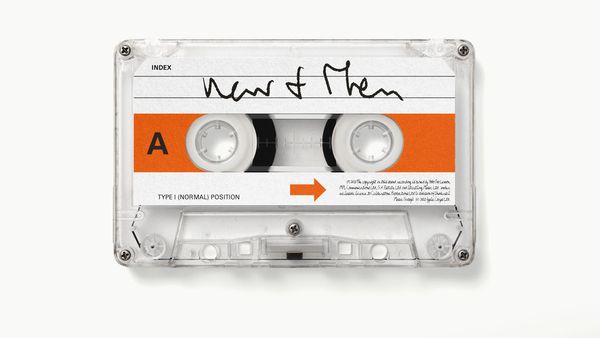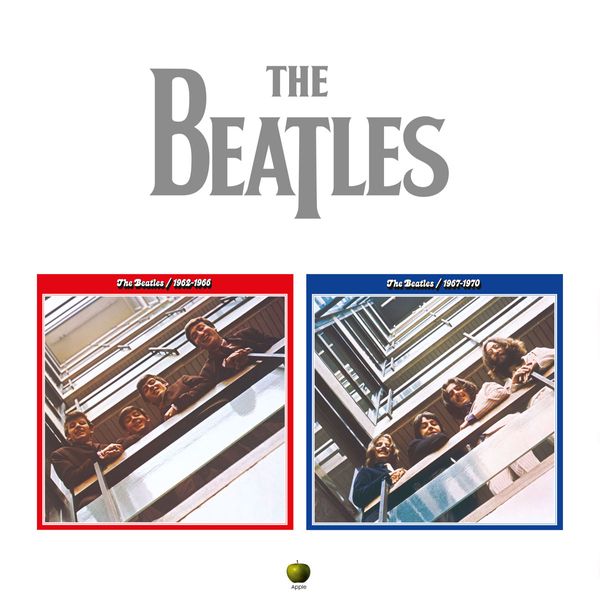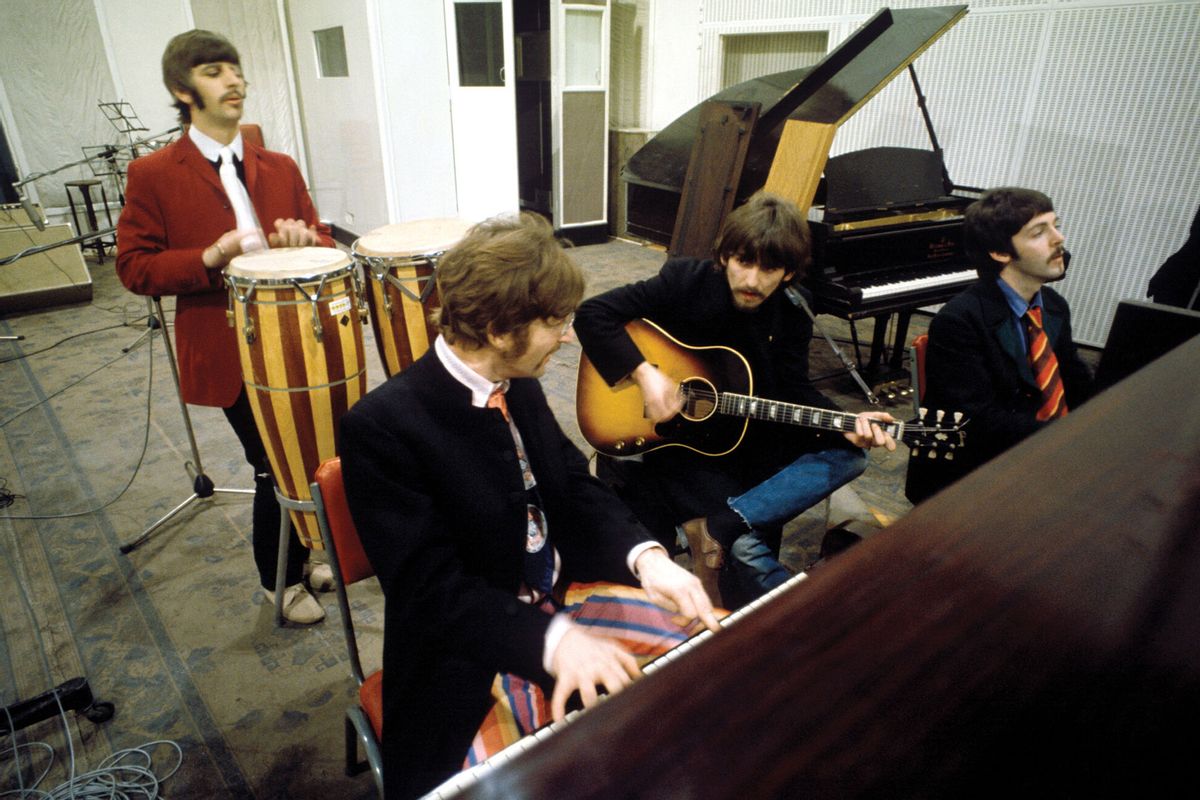The Beatles’ new song, the final entry in their extraordinary songbook to be released in November, is a thing of beauty. Titled “Now and Then,” it reminds us, above all else, that the narrative of the Beatles is a love story. And as with the finest romances, it is chockful of buoyant beginnings — think about Beatlemania and the world falling in love at first sight with the Fab Four — and heartbreaking endings. As I remind my students every fall during my introductory Beatles course, the band’s story is unfailingly true. There are moments of unparalleled genius, to be sure, but they are bookended by instances of unflinching reality. One Beatle will be the victim of a senseless murder, the other suffering an untimely death.
The “Now and Then” demo suffered under the sonic weight of too much ambient noise.
“In the end,” Lewis Carroll wrote in the twilight of his own life, “We only regret the chances we didn’t take, the relationships we were afraid to have, and the decisions we waited too long to make.” As John Lennon’s most persistent literary muse, Carroll knew a thing or two about loss, one of the most constant themes in the Beatles' vast songwriterly corpus. Working at his piano in the Dakota in 1977, Lennon concocted “Now and Then,” a deceptively hopeful paean about love and our inherent despair over the possibility of losing it. For Lennon, the demo marked one of his first stabs at the composition. A nearby television, along with a buzzing sound, can be heard in the background.
In December 1978, Yoko Ono gifted her husband with a brand-new Yamaha electric-acoustic piano, complete with a pair of microphones and inboard recording capabilities. With his new piano rig, Lennon would begin writing a spate of new material that would wind its way onto "Double Fantasy" (1980), released scant weeks before his death, and the posthumous "Milk and Honey" (1984). The evidence suggests that he never returned to “Now and Then.”
 Beatles "Now and Then" cassette (Apple)But the so-called “Threetles” would. With the Beatles’ "Anthology" project in the offing, Ono presented Paul McCartney with demos for “Free as a Bird,” “Real Love” and “Now and Then” after Lennon’s January 1994 induction into the Rock and Roll Hall of Fame. If you haven’t seen McCartney’s induction speech, do yourself a favor and watch it now. I’ll wait.
Beatles "Now and Then" cassette (Apple)But the so-called “Threetles” would. With the Beatles’ "Anthology" project in the offing, Ono presented Paul McCartney with demos for “Free as a Bird,” “Real Love” and “Now and Then” after Lennon’s January 1994 induction into the Rock and Roll Hall of Fame. If you haven’t seen McCartney’s induction speech, do yourself a favor and watch it now. I’ll wait.
It’s all there in McCartney’s final summation. “So now, years on, here we are. All these people,” his voice breaking as he reads an open letter to his fallen friend. “Here we are, assembled to thank you for everything that you mean to all of us.” In 1995, the surviving Beatles would work with producer Jeff Lynne to enhance the existing demos for “Free as a Bird” and “Real Love,” but “Now and Then” wouldn’t make the cut. In contrast with the other recordings, the “Now and Then” demo suffered under the sonic weight of too much ambient noise. While Harrison preferred to throw in the towel after reportedly spending an afternoon working on the recording, McCartney has long vowed to revisit the song.
Love the Beatles? Listen to Ken's podcast "Everything Fab Four."
Thanks to Peter Jackson and the high-tech wizardry of his New Zealand production team, technology has finally caught up with the challenge of resurrecting Lennon’s voice from his original 1977 cassette recording. Working in support of "The Beatles: Get Back" docuseries (2021), Jackson and his cohorts created a machine-learning neural network that they dubbed MAL (Machine-Assisted Learning). Sci-fi aficionados naturally interpreted MAL as a nod to HAL 9000, the sentient computer villain in Arthur C. Clarke’s "2001: A Space Odyssey" (1968). A Beatles enthusiast to the core, Jackson proudly noted that MAL had been christened in homage to the Beatles’ beloved roadie Mal Evans, who exited the band’s story in 1976 at age 40 after a lethal confrontation with the LAPD.
With MAL in their stead, Jackson’s team has developed the capabilities of separating audio tracks into their core components. With “Now and Then,” their efforts came up trumps, disaggregating Lennon’s vocal in splendid isolation. During a playback session last month in New York City’s Dolby Theatre, listeners were treated to a thrilling preview of the song. Quite suddenly, Lennon’s voice rose faultlessly above the din.
“Now and Then” will shortly be released as the last Beatles’ single, appropriately backed with “Love Me Do."
Finally able to isolate Lennon’s vocal for “Now and Then,” McCartney and drummer Ringo Starr put the finishing touches on the song, which also featured Harrison’s guitar work from 1995, along with a newly recorded string arrangement. The result is simply breathtaking, a plaintive reminder of the majesty of the Beatles’ narrative itself, as well as our sense of irreparable loss over Lennon and Harrison’s absence from the story.
 "The Beatles, 1962-1966" red album and "The Beatles, 1967-1970" blue album (Apple)“Now and Then” will shortly be released as the last Beatles’ single, appropriately backed with “Love Me Do,” the group’s inaugural recording that just managed to crack the Top 20 in 1962. It was not long afterwards, with the release of “Please Please Me,” that the world’s love affair with the Fabs would be set into a ceaseless motion. “Now and Then” will be accompanied by bravura remixes of the so-called “Red” and “Blue” albums. Originally released as "The Beatles, 1962-1966" and "The Beatles, 1967-1970" in 1973, the bestselling double LPs have been supplemented with a host of additional tracks.
"The Beatles, 1962-1966" red album and "The Beatles, 1967-1970" blue album (Apple)“Now and Then” will shortly be released as the last Beatles’ single, appropriately backed with “Love Me Do,” the group’s inaugural recording that just managed to crack the Top 20 in 1962. It was not long afterwards, with the release of “Please Please Me,” that the world’s love affair with the Fabs would be set into a ceaseless motion. “Now and Then” will be accompanied by bravura remixes of the so-called “Red” and “Blue” albums. Originally released as "The Beatles, 1962-1966" and "The Beatles, 1967-1970" in 1973, the bestselling double LPs have been supplemented with a host of additional tracks.
And thanks to contemporary technology, music lovers will enjoy sizzling remixes of the songs. During the playback session, attendees listened with a sense of awe as new mixes of “Ticket to Ride” and “I Am the Walrus” came roaring to life with previously unrealized dimensions in the Dolby Theatre. If those tracks are any indication, the “Red” and the “Blue” albums are poised to take the Beatles’ incomparable sound to even greater heights.
But in truth, we shouldn’t be all that surprised. As time marches on and technology affords us with new vistas of possibilities, the Beatles’ otherworldly collection of music inevitably finds even more creative riches to divulge. Their human story may be heartbreakingly true, but their songs are pure magic.
The "Now and Then"/"Love Me Do" double A-side single will be released Nov. 2 on digital/streaming and Nov. 3 on vinyl/cassette.
"The Beatles 1962-1966" (Red Album) and "The Beatles 1967-1970" (Blue Album) 2023 editions will be released Nov. 10.
Read more
about this topic

Shares